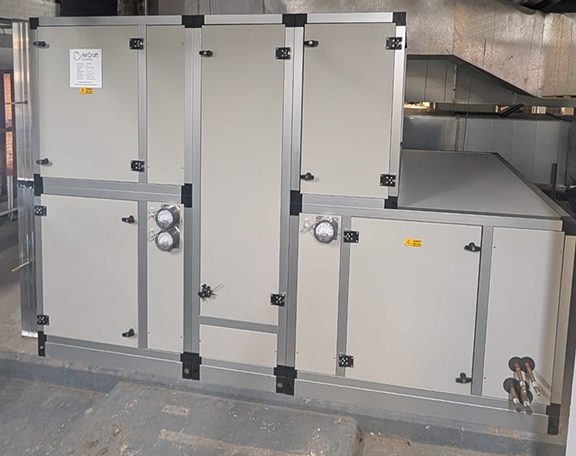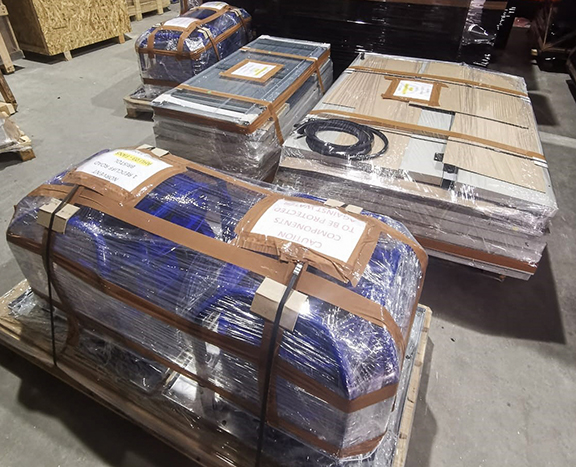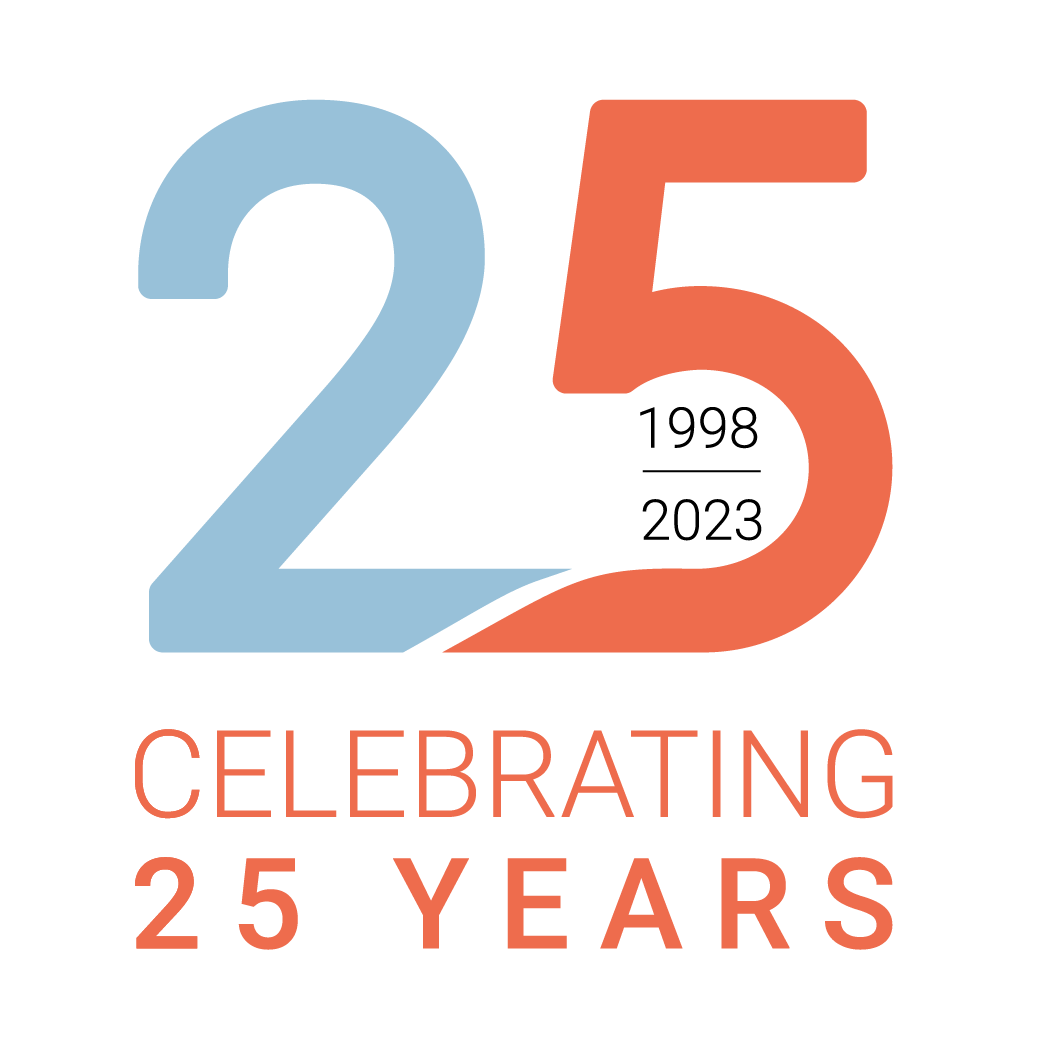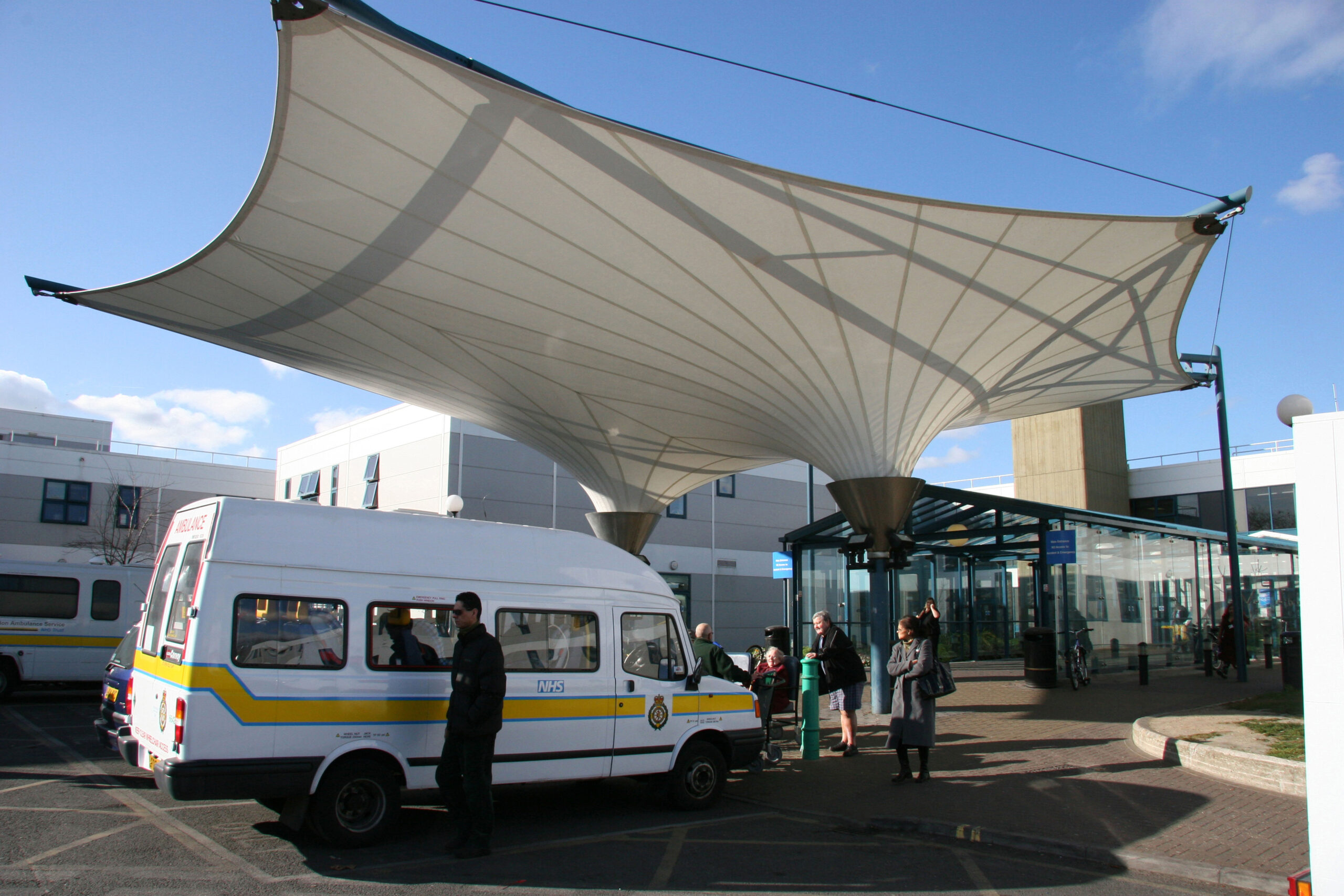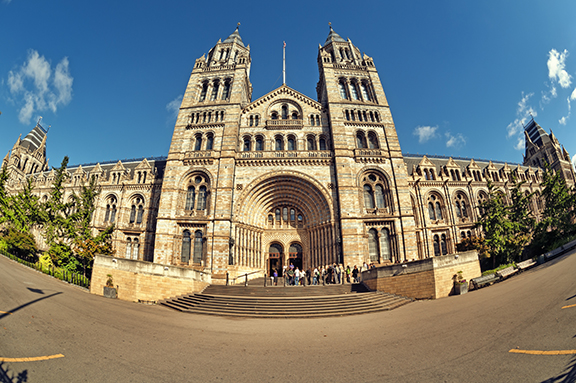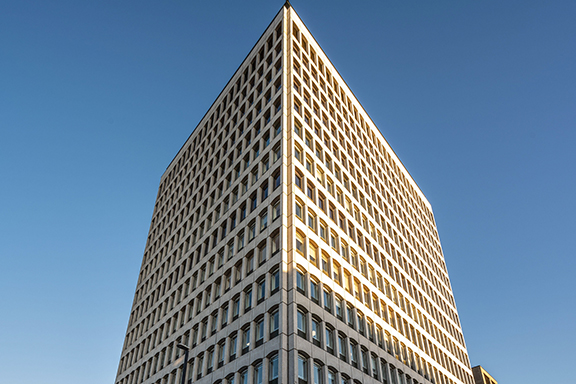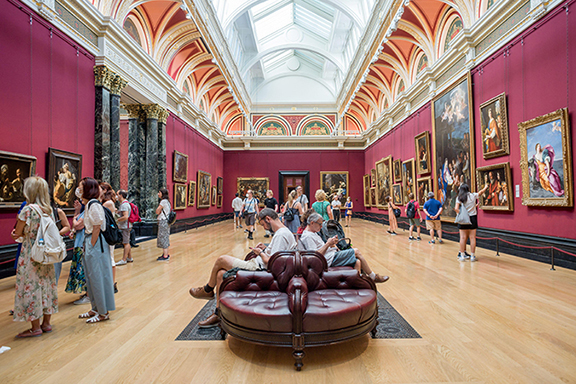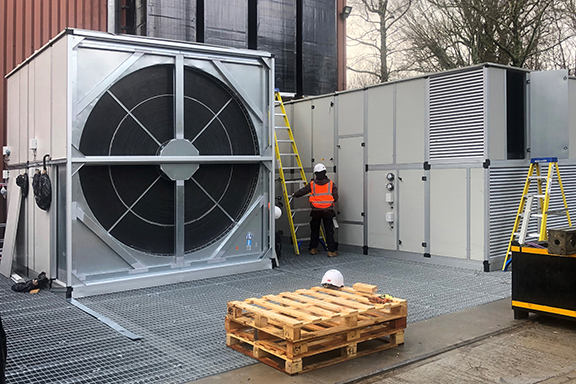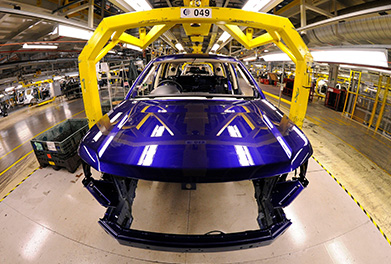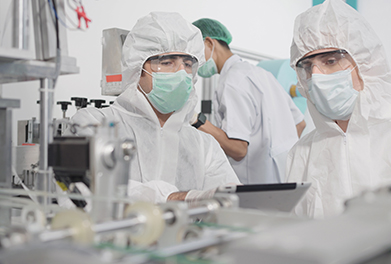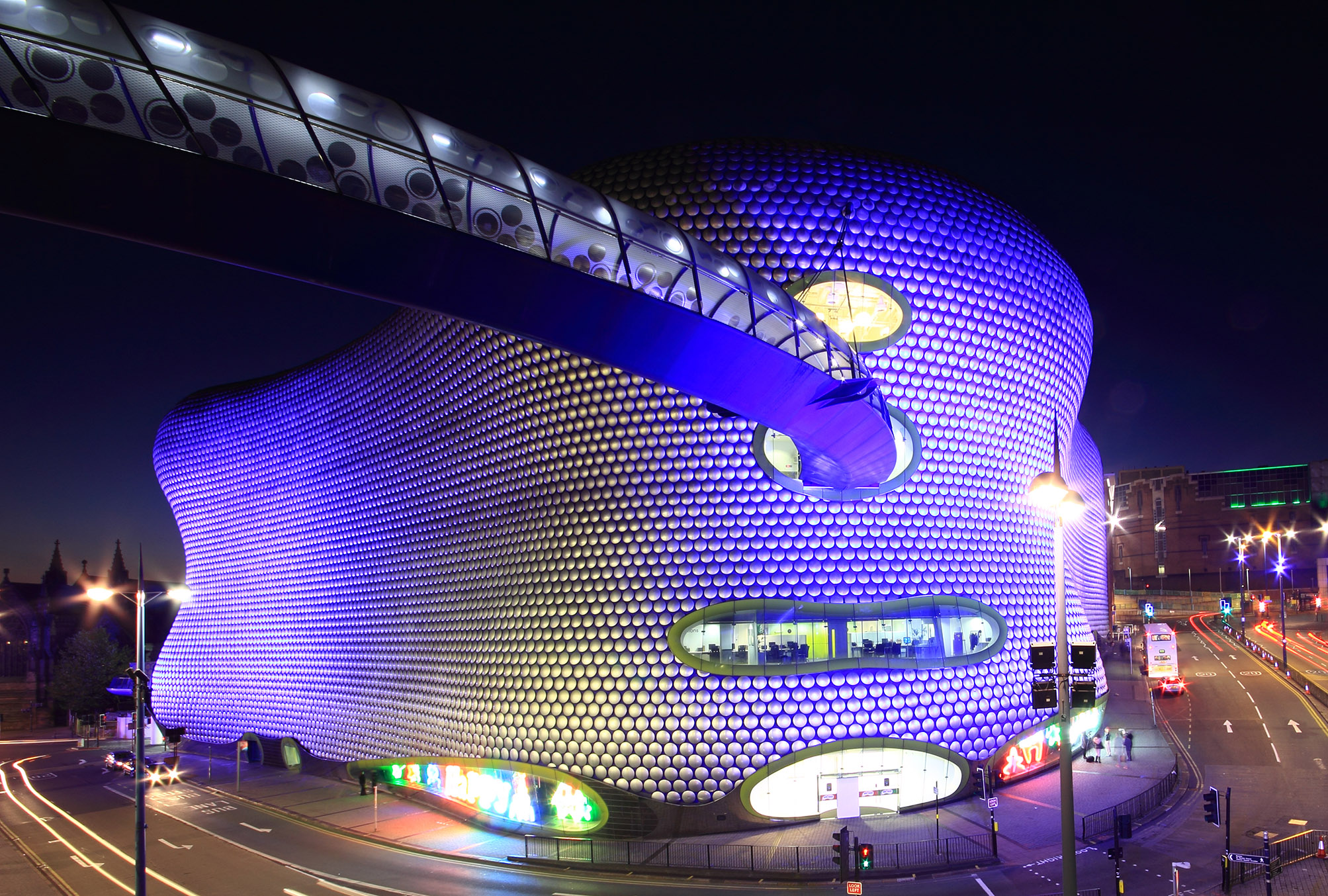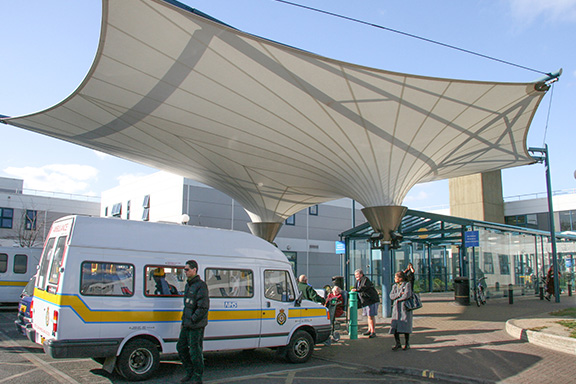Project Description
PROJECT CASE STUDY
New AHUs for one of Bristol’s 60’s iconic high-rise buildings
Built in 1964, and once Bristol’s highest building at 60 metres tall, One Redcliff Street was the first high-rise building to break the city’s unofficial height limit, which at that time was 30.5 metres.
Originally, E.S.A. Robinson, a leading British paper, printing, and packaging company, owned and occupied the building. However, today it is under entirely new ownership, and in 2016 the building had an additional floor added to make it fifteen storeys.
Recently, the building has undergone further refurbishment, including the installation of three new quiet and energy-efficient air handling units (AHUs).
Our design and project team worked closely with our customer to ensure that the performance of each unit fully matched the air distribution, volumes, temperatures, and energy efficiencies wanted for the building’s new VRF heating and cooling system.
All three AHUs were manufactured at AirCraft Air Handling’s factory in Stafford, fully assembled, and dis-assembled for palleted transport.
The units were designed as direct expansion, reverse cycle (DX) AHUs, and fitted with thermal wheels and EC fans to help reduce energy consumption. Unit 1, measuring 3 m wide, 3.2 m high and 4.0 m long, was designed to deliver 8.25 cubic metres per second. Unit 2, measuring 2.2 m wide, 2.4 m high and 3.6 m long, was designed to deliver 4.1 cubic metres per second. The smallest of the three, at 1.6 m wide x 2 m high and 3.2 m long and designed to deliver 2.06 cubic metres per second.
To avoid the need for street closures and cranes, all three units were delivered broken down and on pallets to allow for manual handling. Extra care had to be taken, as all the broken-down equipment had to be transported to the fourteenth floor in recently installed high-quality passenger lifts. To assist with this, the thermal wheels were segmented, and the DX coils were manufactured in sections.
As the building was fully operational during the time that we undertook the installation of all three AHUs, our installers worked very carefully to avoid any disruption or inconvenience to the occupants or their visitors. We liaised closely with our customer, with the original units removed we installed the new units in a staggered programme.
